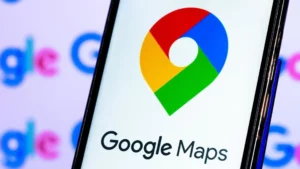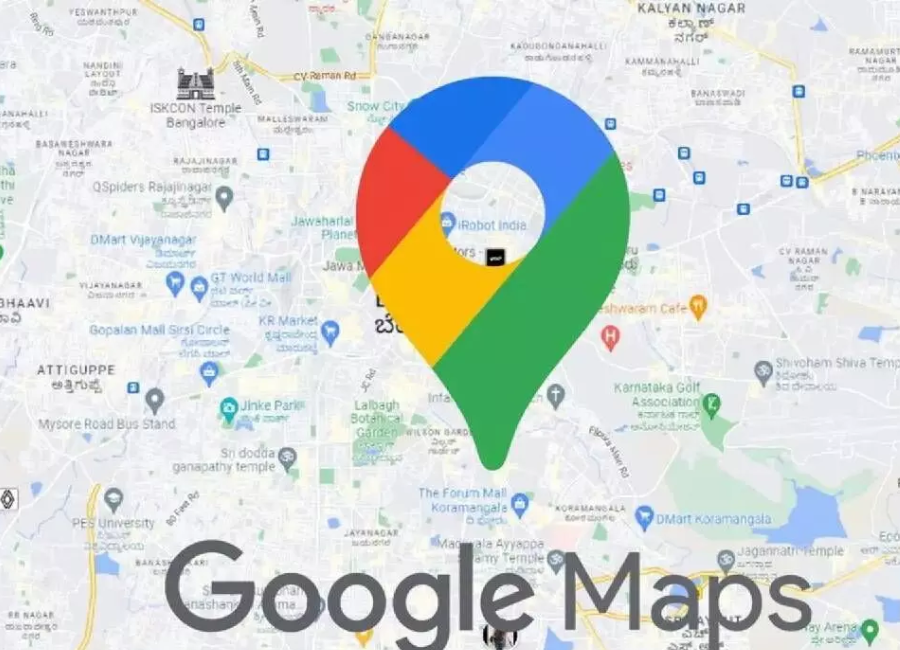Google has introduced a new feature in its Maps app that allows users to navigate even in areas with poor satellite signals, such as tunnels or dead zones. This functionality is achieved through the support for ‘Bluetooth beacons,’ a feature that has been widely rolled out on Google Maps for Android. However, it is currently not available in the iOS version of the application, as reported by 9to5Google.
Bluetooth beacons are not a new technology, as Google’s Waze, a navigation app owned by Google, has been supporting these beacons in tunnels globally for an extended period. Major cities like New York City, Chicago, Paris, Brussels, among others, have utilized these beacons in tunnels. However, these beacons were limited to functioning within the Waze app.
“The Waze Beacons programme provides seamless navigation to drivers underground where GPS signals don’t reach, ensuring location services, increased driver safety, and better visibility into real-time events inside the tunnel,” stated Google on its support page.

The introduction of Bluetooth beacons in Google Maps for Android is a significant step forward in providing a more reliable and accurate navigation experience, especially in areas where traditional GPS signals may struggle, such as tunnels and locations with poor satellite connectivity.
Bluetooth beacons are small devices that use Bluetooth technology to transmit signals. These signals can be picked up by nearby devices, such as smartphones, to determine their location. In the context of navigation apps like Google Maps, these beacons help in providing accurate location information when GPS signals are weak or unavailable.
The implementation of Bluetooth beacons in Google Maps enhances the user experience by ensuring seamless navigation through challenging areas where GPS signals might be obstructed. This is particularly beneficial for drivers who often encounter tunnels during their routes, ensuring that navigation remains reliable even in such conditions.
It’s worth noting that while this feature is currently available on Google Maps for Android, users of the iOS version are still waiting for its introduction. This indicates that Google might be working on extending the support for Bluetooth beacons to the iOS platform in the future.
The utilization of Bluetooth beacons for navigation purposes is a testament to the continuous innovation in location-based services. By incorporating such technologies, navigation apps can offer users a more robust and dependable experience, addressing challenges posed by factors like tunnels and other areas with limited GPS visibility.
As technology evolves, the integration of advanced features like Bluetooth beacons in navigation applications is expected to become more commonplace. This not only enhances the accuracy of location-based services but also contributes to overall user satisfaction by ensuring reliable navigation in various scenarios, including those with poor satellite signals.







